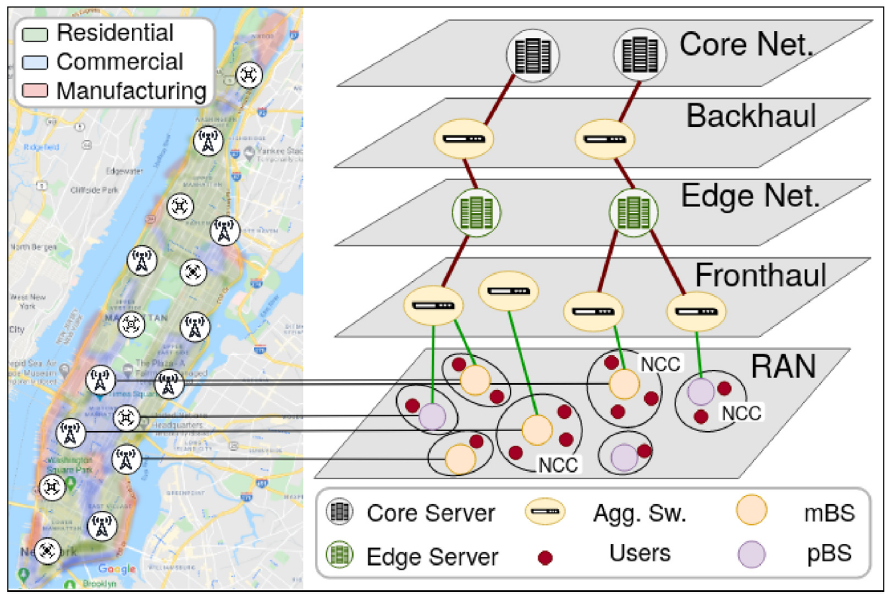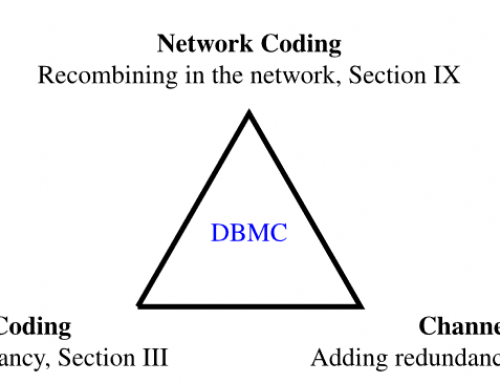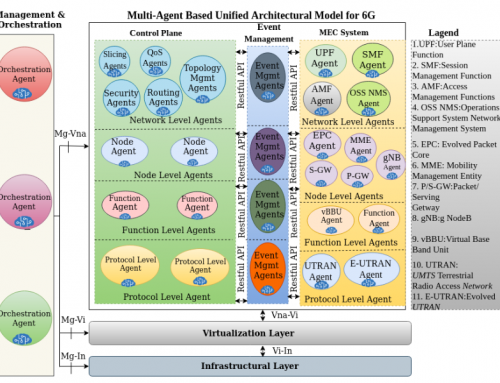Abstract:
Ultra-dense Networks (UDNs) massively populate areas with base stations of diverse capabilities, thus increasing the network capacity. Moreover, the radio access network (RAN) architecture moves towards small infrastructure elements such as mobile small cells (MSCs). In this context, Network-coded Cooperation (NCC) leverages the interplay between network coding and cooperative relaying to reliably offload cellular traffic to MSCs and reduce the power consumption in the network. Despite the research done separately on NCC and smart MSC deployment, there is a scarceness of works addressing the smart and on-demand deployment, activation, and deactivation of MSCs to leverage the benefits of both NCC and MSCs. To fill this gap, in this paper, we: (1) estimate the traffic density of New York by adopting an urban zoning (UZ) model; (2) provide a methodology for the on-demand deployment of base stations and MSCs according to a stochastic geometry model; (3) propose two radio resource management (RRM) models, one random and one smart, for the placement and on-demand creation of MSCs, and (4) compare the power consumption of the proposed architecture with 4G edge computing. The results show that the smart RRM model overperforms the random model five-fold in terms of number of pico base stations required, which impact on the power consumed in the network. Moreover, the results show that the smart model achieves between 6%–25% power savings in comparison to 4G edge computing, the random model, and two approaches form the related work, respectively.






